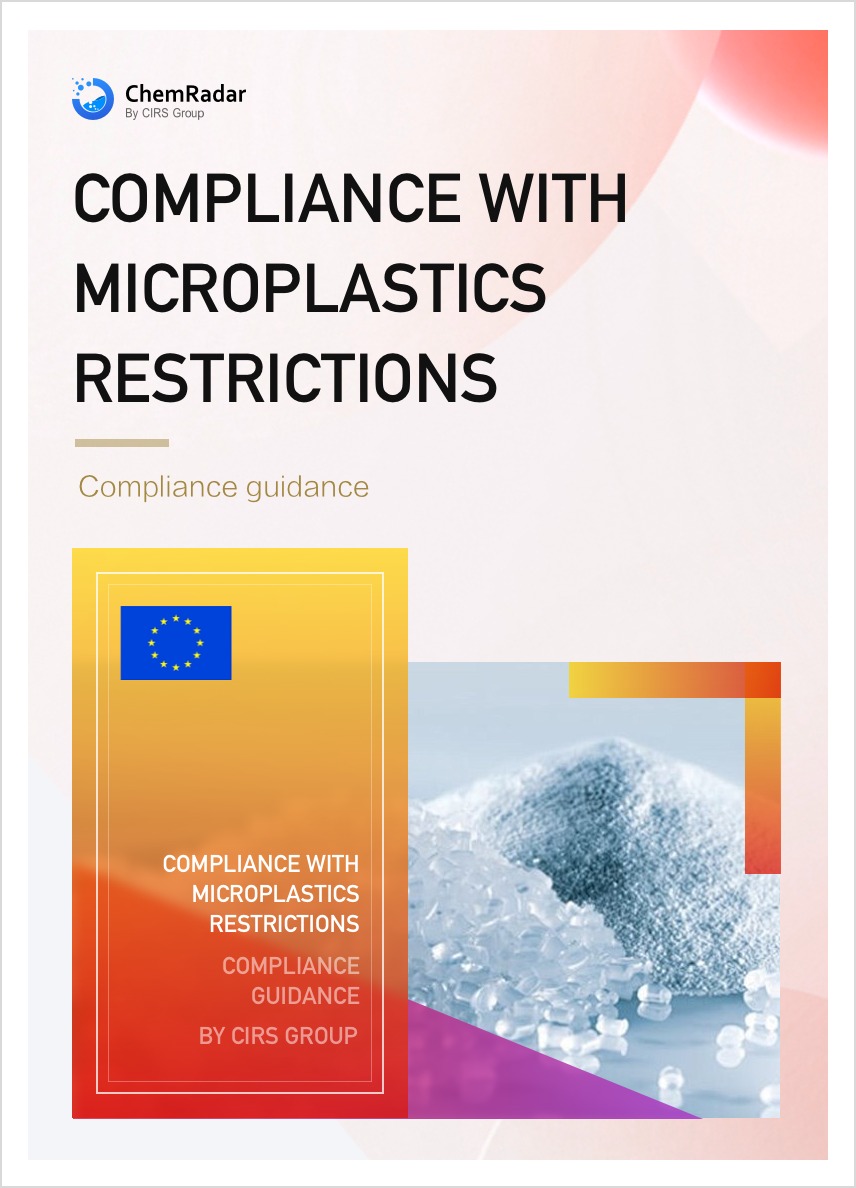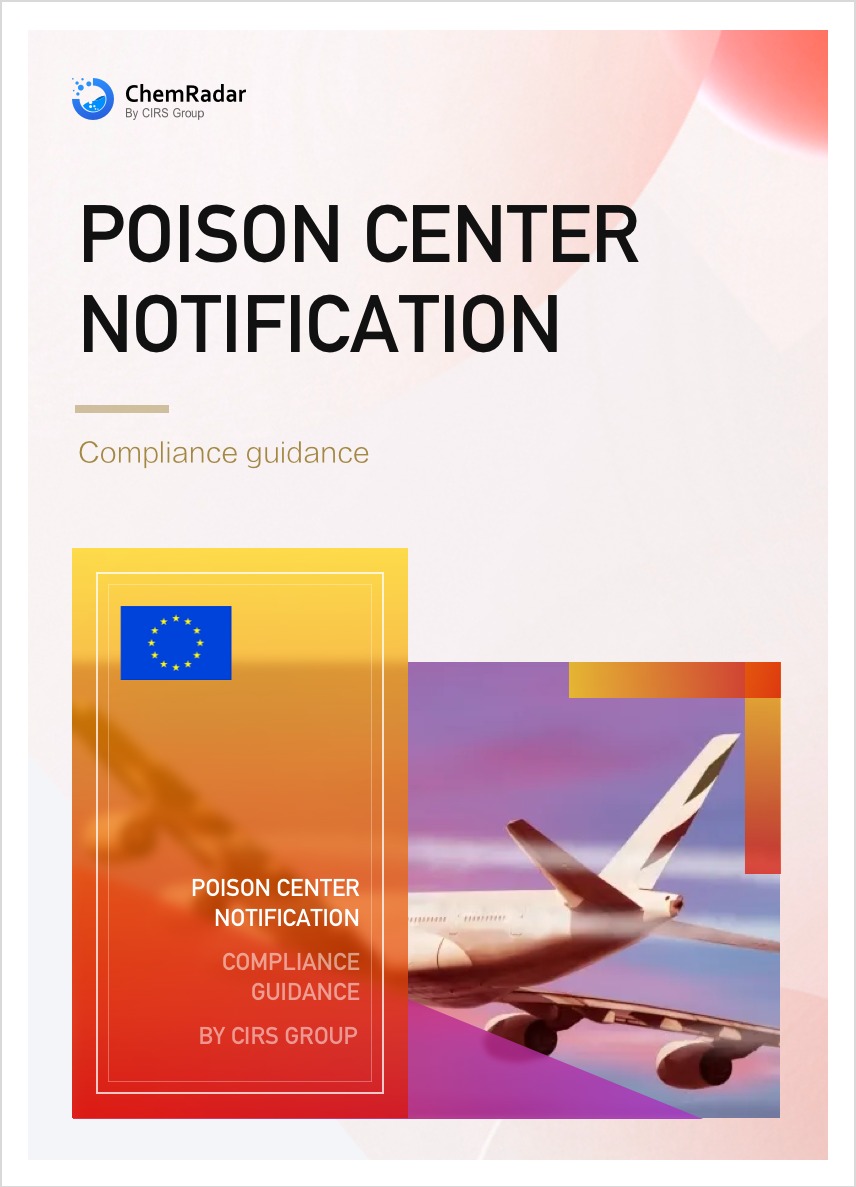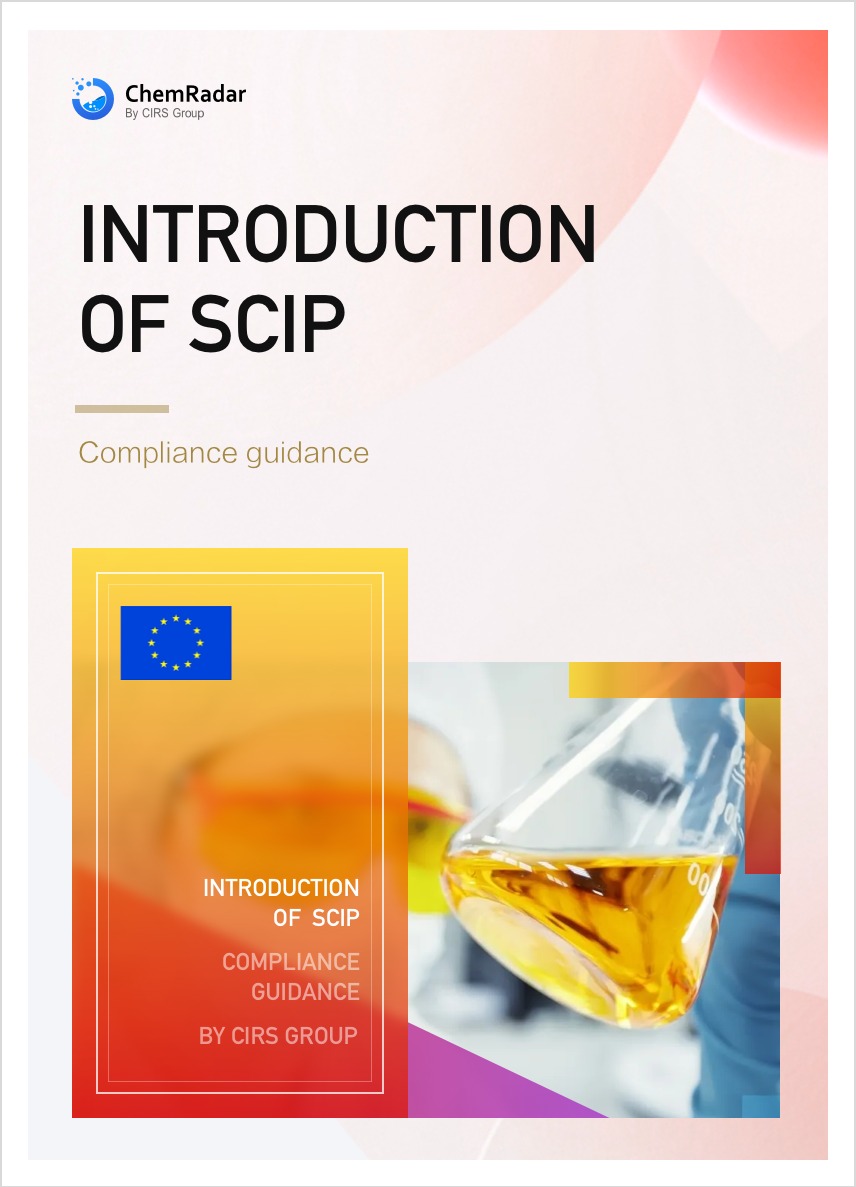On December 10, 2024, the EU abandoned its plan to restrict Tetrabromobisphenol A (TBBP-A) and medium-chain chlorinated paraffins (MCCPs) under the RoHS Directive.
Proposed Restrictions for TBBP-A and MCCPs
| Chinese Name | 四溴双酚A(TBBP-A) |
| English Name | Tetrabromobisphenol A (TBBP-A);2,2',6,6'-tetrabromo-4,4'-isopropylidenediphenol |
| CAS No. | 79-94-7 |
| Uses | TBBP-A, a brominated epoxy resin precursor, functions as a reactive flame retardant in printed circuit boards and in epoxy resin sealants, adhesives, and encapsulants. It also serves as an additive flame retardant in thermoplastic components like ABS plastic casings. |
| Limitation | Maximum concentration of 0.1%. |
| Chinese Name | 中链氯化石蜡 |
| English Name | medium-chain chlorinated paraffins (MCCP); Alkanes, C14-17, chloro |
| CAS No. | 85535-85-9 |
| Uses | MCCPs are auxiliary plasticizers with flame-retardant properties used in flexible plastics, rubber, and other polymers, including PVC products, rubber, and polymer products. In electronics, they are used in PVC insulation for cables and wires, and in soft plastic or rubber components like polyurethane, sulfur rubber, acrylic, and butyl sealants. |
| Limitation | Maximum concentration of 0.1%. |
Timeline of the Proposal
- In 2018, the EU's RoHS Directive assessment project Pack15 proposed adding seven substances, including TBBP-A and MCCPs, to the RoHS Directive's restricted list.
- In 2021, the EU RoHS assessment body recommended restricting TBBP-A and MCCPs.
- In 2022, the European Commission proposed legislation for the restrictions.
- In 2024, the EU withdrew the proposal, ending the debate.
Background
MCCP, used in PVC insulation and other plastic or rubber components of electronics, and TBBP-A, used in epoxy resins and as a flame retardant in plastics, will remain unregulated for now.
Chemradar Insights
Manufacturers are not required to adjust compliance for these substances. However, they should monitor the EU RoHS Directive for future changes. ChemRadar will always keep an eye on the latest industry trends and provide real-time market updates for our customers, offering comprehensive services to businesses globally.





